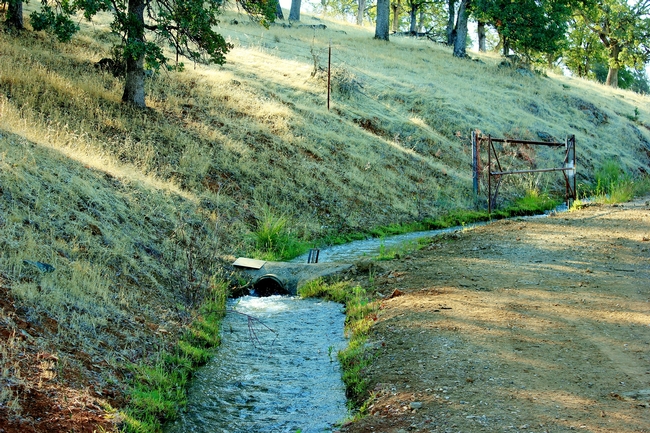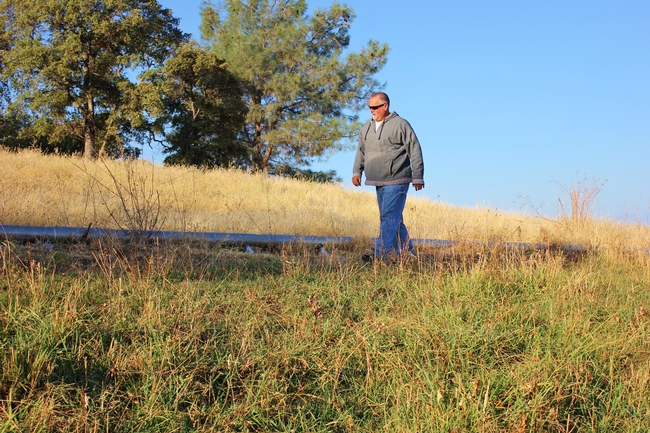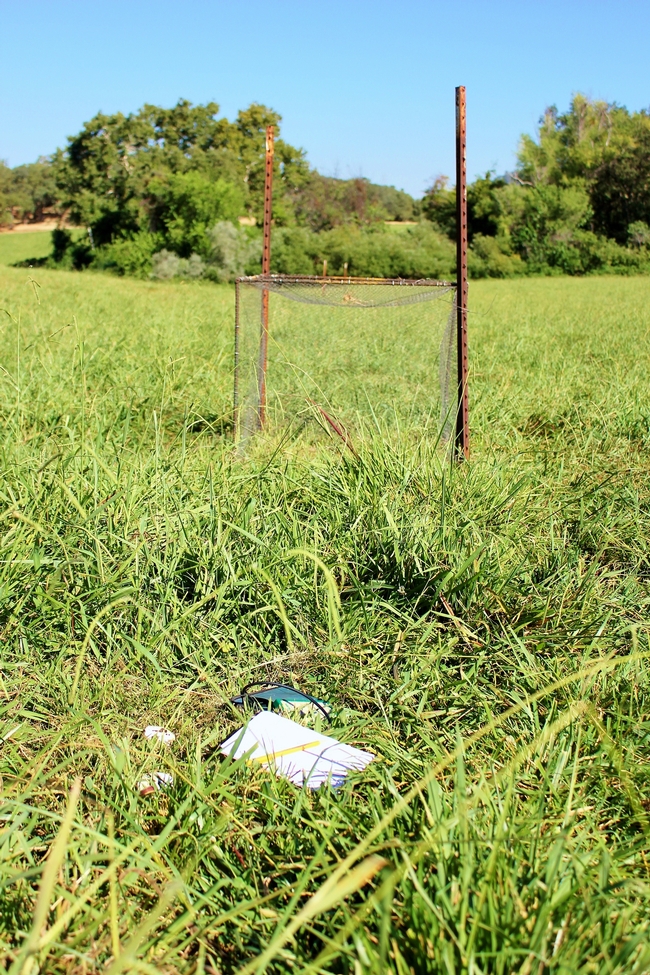Water - the focus of countless issues, headlines, and studies - is arguably a more precious resource than gold. Water is transported to SFREC through BVID canals, originating at Collins Lake.
Individuals involved with the University of California's Division of Agriculture and Natural Resources are actively evaluating management practices to ensure and develop water-wise irrigation methods. At the Sierra Foothill Research and Extension Center, many research projects have focused on water quality, runoff, and irrigation efficiency. A current project led by Livestock Farm Advisor Larry Forero monitors surface runoff and soil moisture content in flood irrigated pastures at SFREC. Gary Childers has operated irrigation systems at SFREC for over 30 years.
Watermark sensor data helps determine irrigation efficiency.
Gold may be in high demand - with the current value exceeding $1320 per ounce - but once water becomes scarce, it is truly priceless. By taking the initiative to research innovative water management practices and develop a better understanding of sustainable irrigation methods, SFREC and the entire UCANR division are enabling water availability and conservation for the future.


